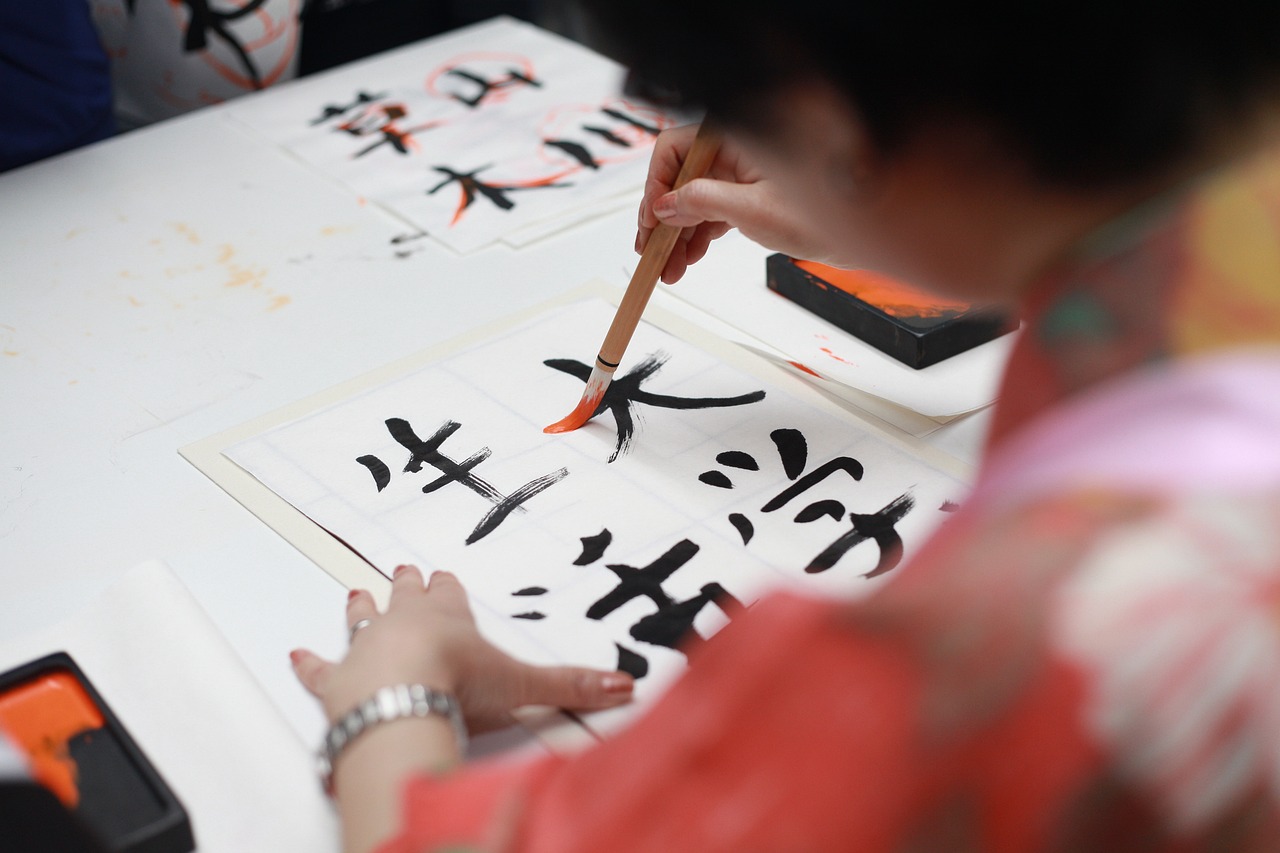Learning Japanese can be a fascinating and rewarding experience, but it also comes with its fair share of challenges. One aspect that often perplexes learners is the multiple readings of kanji characters. Kanji can have different pronunciations depending on the word or phrase they are used in. This can lead to confusion and uncertainty for those studying the language.
Let’s explore a couple more examples to further understand the concept:
日(ひ、び、にち)
- 毎日(まいにち)every day
- この日(このひ)this day
- 日曜日(にちようび)Sunday
人(にん、ひと、じん)
- 人間(にんげん)human being
- 人口(じんこう)population
- 一人(ひとり)one person
In this case, the kanji character “人” (meaning “person”) can be read as “hito” in “人間” (human being), as “jin” in “人口” (population), and as “hitori” in “一人” (one person).
山(やま、さん)
- 山田(やまだ)Yamada (a surname)
- 富士山(ふじさん)Mount Fuji
- 三山(さんざん)three mountains
The kanji character “山” (meaning “mountain”) can be pronounced as “yama” in “山田” (Yamada), as “fujisan” in “富士山” (Mount Fuji), and as “sanzan” in “三山” (three mountains).
As you can see, the readings of kanji characters can vary depending on the specific word or context. This can pose a challenge when memorizing vocabulary and trying to understand the meaning of written texts. However, it’s crucial not to get overwhelmed and approach this aspect of the language systematically.
To tackle this hurdle, it is recommended to learn the readings of kanji one by one, paying attention to the pronunciation within specific words or phrases. By studying vocabulary in context, you can gradually internalize the different readings and their associated meanings.
Remember, language learning is a journey, and mastering the intricacies of Japanese takes time and patience. Stay curious, stay dedicated, and embrace the process of unraveling the beautiful complexities of the Japanese language.


コメント